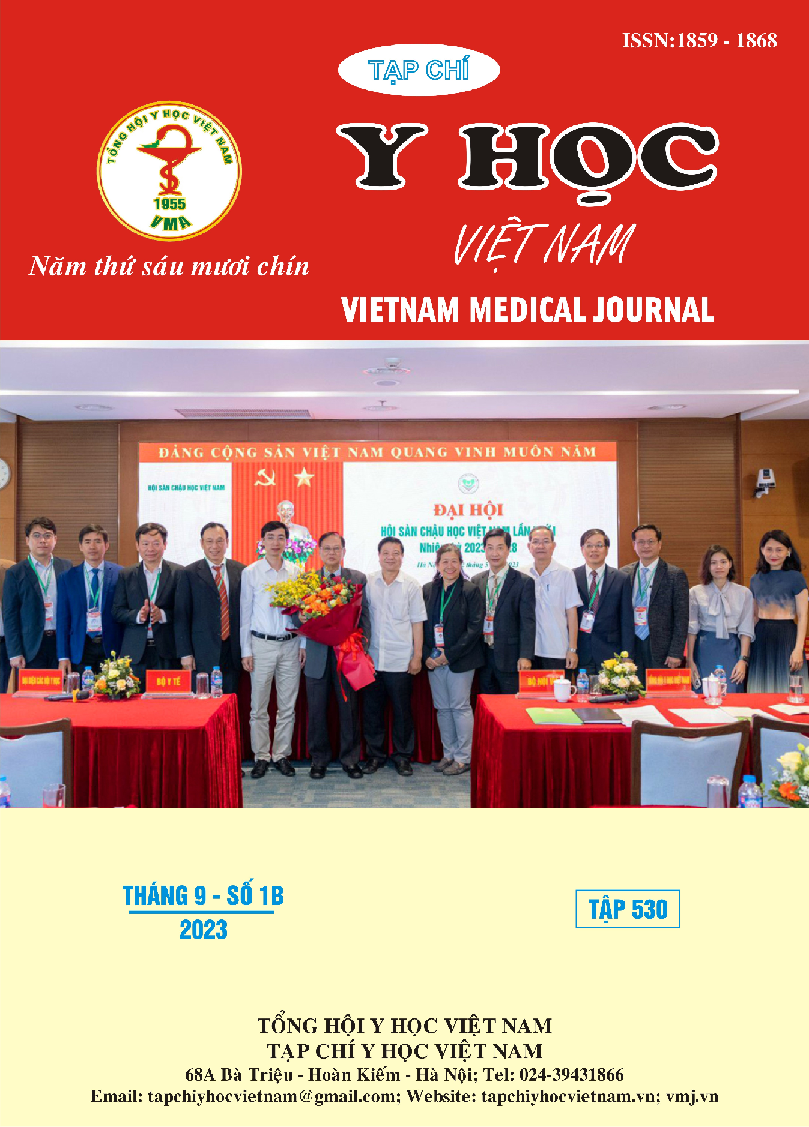CASE REPORT: FULMINANT MYOCARDITIS IN UNIVERSITY MEDICAL CENTER IN HO CHI MINH CITY
Main Article Content
Abstract
Fulminant viral myocarditis is a rare clinical condition that is easily missed due to its atypical symptoms, often leading to confusion with other myocardial damage. Delay or omission in diagnosis can result in severe consequences for the patient, potentially increasing the risk of death. It is crucial to accurately assess the stage of cardiogenic shock to develop an appropriate treatment strategy, including the stabilization of hemodynamic status and the consideration of specific immunomodulatory or antiviral therapies, as well as the potential role of mechanical circulatory support devices. In this report, we present a case of acute myocarditis at the University Medical Center in Ho Chi Minh City. The patient exhibited prodromal symptoms of viral infection for 5 days, leading to hospitalization due to low blood pressure. The Electrocardiogram (ECG) indicated third-degree atrioventricular (AV) block, and elevated cardiac troponin levels were observed alongside two hypokinetic ventricular chambers in echocardiography. Coronary CT angiography (CTA) revealed non-significant coronary stenosis. The patient received a diagnosis of cardiogenic shock due to acute myocarditis and was promptly admitted to the intensive care unit for treatment. Hemodynamics were stabilized using low-dose vasopressors and inotropes. Vasopressor support was discontinued on the second day, while inotropic support was ceased on the sixth day of hospitalization. Notably, the patient's left ventricular systolic function showed improvement after six days of treatment, with the ejection fraction (EF) increasing from 15% to 54%. On the tenth day, the patient was deemed stable and discharged to continue recovery at home.
Article Details
Keywords
Viral myocarditis, third degree AV block, cardiogenic shock, circulatory support devices.
References
2. Weijian Hang et al. Fulminant myocarditis: a comprehensive review from etiology to treatments and outcomes. Signal Transduction and Targeted Therapy (2020)5:287; doi.org/10.1038/s41392-020-00360-y.
3. Carsten Tschöpe et al. Management of Myocarditis-Related Cardiomyopathy in Adults. Circulation Research May 24, 2019. DOI:10.1161/CIRCRESAHA.118.313578.
4. Seferović PM et al. Heart FailureAssociation of the ESC, Heart Failure Society of America and Japanese Heart Failure Society position statement on endomyocardial biopsy. Eur J Heart Fail 2021;23:854–71.
5. Gabriel Fung et al. Myocarditis. Circulation Research February 5, 2016. DOI: 10.1161/CIRCRESAHA.115.306573.
6. JCS 2023 Guideline on the Diagnosis and Treatment of Myocarditis. Circ J 2023; 87: 674–754. doi:10.1253/circj.CJ-22-0696.
7. ESC 2021 Guidelines for the diagnosis and treatment of acute and chronic heart failure. European Heart Journal (2021) 42, 3599ÿ3726. doi:10.1093/eurheartj/ehab368.
8. Falsey AR. Current management of parainfluenza pneumonitis in immunocompromised patients: a review. Infect Drug Resist. 2012;5:121-7. doi: 10.2147/IDR.S25874.
9. David A. Baran et al. SCAI clinical expert consensus statement on the classification of cardiogenic shock. Catheter Cardiovasc Interv. 2019;1–9. DOI: 10.1002/ccd.28329.


